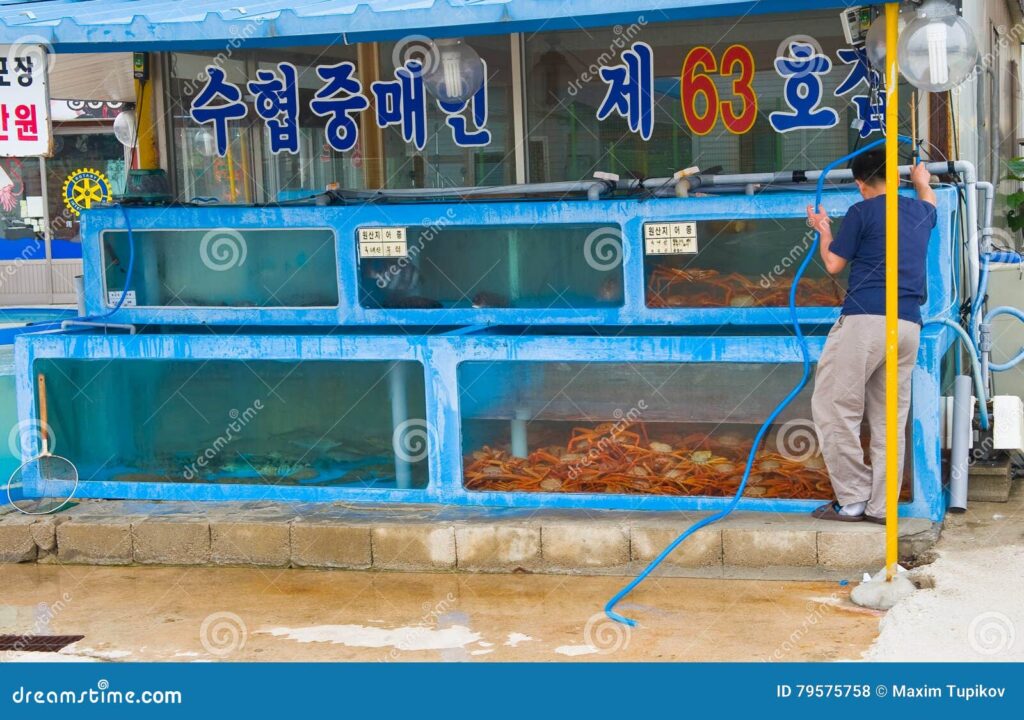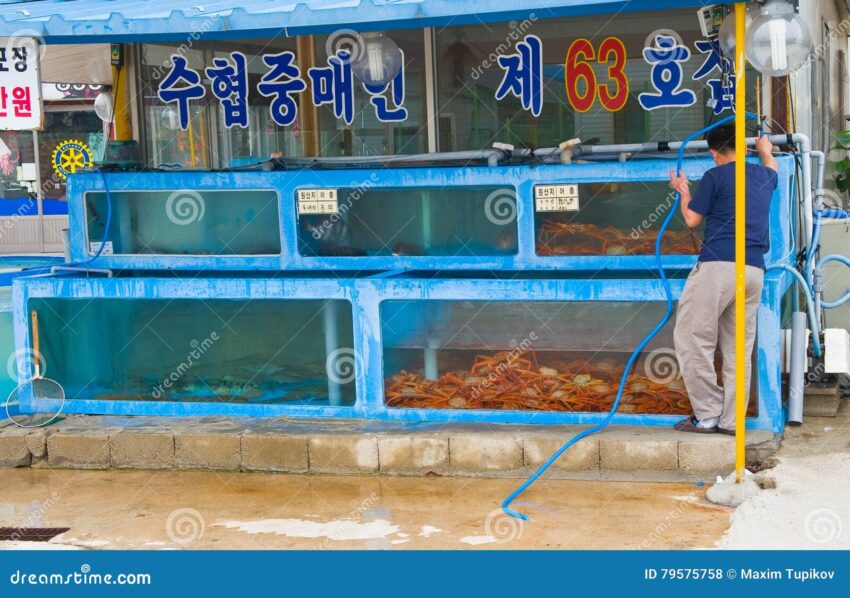
The Comprehensive Guide to Live Food for Fish: Ensuring Optimal Health and Growth
For aquarists and fish enthusiasts, providing the best possible nutrition for their aquatic companions is paramount. While commercial fish flakes and pellets offer convenience, incorporating live food for fish into their diet can significantly enhance their health, vibrancy, and breeding success. This comprehensive guide delves into the world of live food for fish, covering various types, benefits, cultivation methods, and essential considerations for maintaining a thriving aquatic ecosystem.
Why Choose Live Food for Fish?
Live food for fish offers several advantages over processed alternatives. The movement of live prey stimulates a fish’s natural hunting instincts, promoting mental stimulation and preventing boredom. Furthermore, live food is often more nutritious, containing essential vitamins, minerals, and enzymes that may be lost during the manufacturing of dry foods. The freshness and natural composition of live food also contribute to improved digestion and reduced risk of health problems.
- Enhanced Nutrition: Live food provides a complete and balanced diet, rich in essential nutrients.
- Stimulates Natural Behavior: The act of hunting live food promotes mental and physical well-being.
- Improved Digestion: The natural enzymes in live food aid in digestion.
- Increased Breeding Success: Many fish species require live food to trigger spawning.
- Reduced Risk of Disease: High-quality live food can boost the immune system.
Popular Types of Live Food for Fish
A wide variety of live food options are available, each with its own nutritional profile and suitability for different fish species. Here are some of the most popular choices:
Daphnia (Water Fleas)
Daphnia, commonly known as water fleas, are small crustaceans that are an excellent source of protein and fiber. They are relatively easy to culture and are suitable for a wide range of fish, particularly small to medium-sized species. Daphnia are particularly beneficial for fry (baby fish) due to their small size and high nutritional content. Culturing daphnia involves providing them with a suitable environment, typically a container of dechlorinated water with a food source such as green algae or yeast. Regular water changes are necessary to maintain water quality.
Brine Shrimp
Brine shrimp are another popular choice for live food for fish, especially for newly hatched fry and small fish. They are rich in protein and amino acids, essential for growth and development. Brine shrimp nauplii (newly hatched brine shrimp) are particularly nutritious. Brine shrimp eggs can be easily hatched in saltwater, making them a convenient option for aquarists. Aeration is crucial during the hatching process to ensure sufficient oxygen levels.
Bloodworms
Bloodworms are the larvae of midge flies and are a highly palatable and nutritious live food for many fish species. They are rich in protein and iron, contributing to vibrant colors and overall health. Bloodworms can be purchased live, frozen, or freeze-dried. Live bloodworms should be stored in a cool, dark place and used within a few days. It is important to source bloodworms from reputable suppliers to minimize the risk of introducing parasites or diseases into the aquarium.
Blackworms
Blackworms are aquatic worms that are an excellent source of protein and other essential nutrients. They are particularly suitable for bottom-dwelling fish and scavengers. Blackworms can be cultured in a shallow container with a layer of gravel and a constant supply of fresh water. Regular cleaning is necessary to remove waste and prevent the buildup of harmful bacteria.
Microworms
Microworms are tiny nematodes that are an ideal live food for very small fry, such as those of bettas or killifish. They are easy to culture in a simple medium such as oatmeal or bread soaked in water. Microworms reproduce rapidly, providing a continuous supply of food for demanding fry. The culture needs to be maintained by transferring a small portion to a fresh medium every few weeks.
Grindal Worms
Grindal worms are slightly larger than microworms and are a good option for feeding slightly larger fry or small fish. They are also easy to culture using a similar method to microworms, typically involving a moist substrate such as peat moss or coconut coir. Grindal worms are a good source of protein and are readily accepted by most fish.
Vinegar Eels
Vinegar eels are tiny nematodes that thrive in vinegar solutions. They are a suitable live food for very small fry and are relatively easy to culture. Vinegar eels are cultured in a mixture of apple cider vinegar and water, with a piece of apple or other fruit to provide nutrients. They can be harvested by straining the vinegar solution through a fine-mesh net.
Culturing Live Food: A Sustainable Approach
Culturing your own live food is a sustainable and cost-effective way to provide your fish with a nutritious diet. It also allows you to control the quality and freshness of the food. While some live food cultures require more effort than others, the benefits of providing your fish with fresh, nutritious live food are well worth the investment.
Setting Up a Culture
The specific requirements for culturing each type of live food vary, but generally, you will need a suitable container, a culture medium, a starter culture, and a method for harvesting the food. Research the specific needs of the live food you wish to culture and follow established culturing protocols.
Maintaining a Healthy Culture
Maintaining a healthy live food culture requires regular monitoring, cleaning, and feeding. Water changes are essential for maintaining water quality and preventing the buildup of harmful bacteria. Overfeeding can lead to water pollution and the death of the culture. It is also important to protect the culture from temperature fluctuations and exposure to harmful chemicals.
Considerations When Feeding Live Food
While live food for fish offers numerous benefits, there are also some considerations to keep in mind. It is crucial to source live food from reputable suppliers to minimize the risk of introducing parasites or diseases into the aquarium. Overfeeding live food can lead to water pollution, so it is important to feed your fish only what they can consume in a few minutes. Uneaten live food can decompose and negatively impact water quality. Additionally, some live food, such as bloodworms, can bite fish if left uneaten for extended periods.
- Source from Reputable Suppliers: Ensure the live food is free from parasites and diseases.
- Feed in Moderation: Avoid overfeeding to prevent water pollution.
- Monitor Water Quality: Regularly test the water parameters to ensure optimal conditions.
- Quarantine New Additions: Quarantine any new fish or plants before introducing them to the main aquarium to prevent the spread of disease. [See also: Aquarium Quarantine Procedures]
The Future of Live Food in Aquariums
As aquarists become increasingly aware of the benefits of live food, its popularity is likely to continue to grow. Advances in culturing techniques and the availability of a wider range of live food options will make it easier for aquarists to provide their fish with a nutritious and stimulating diet. The use of live food is also becoming increasingly important in aquaculture, where it is used to raise commercially important fish species. The combination of improved culturing methods and a growing understanding of the nutritional needs of fish will ensure that live food remains an essential component of responsible fish keeping.
By understanding the various types of live food available, their nutritional benefits, and proper culturing techniques, aquarists can provide their fish with a diet that promotes optimal health, growth, and breeding success. Embracing live food is a step towards creating a more natural and enriching environment for your aquatic companions. The vibrant colors, active behavior, and overall well-being of your fish will be a testament to the benefits of incorporating live food into their diet. Remember to always research and choose live food options that are appropriate for the specific needs of your fish species. The dedication to providing high-quality live food will undoubtedly contribute to a thriving and beautiful aquarium.
